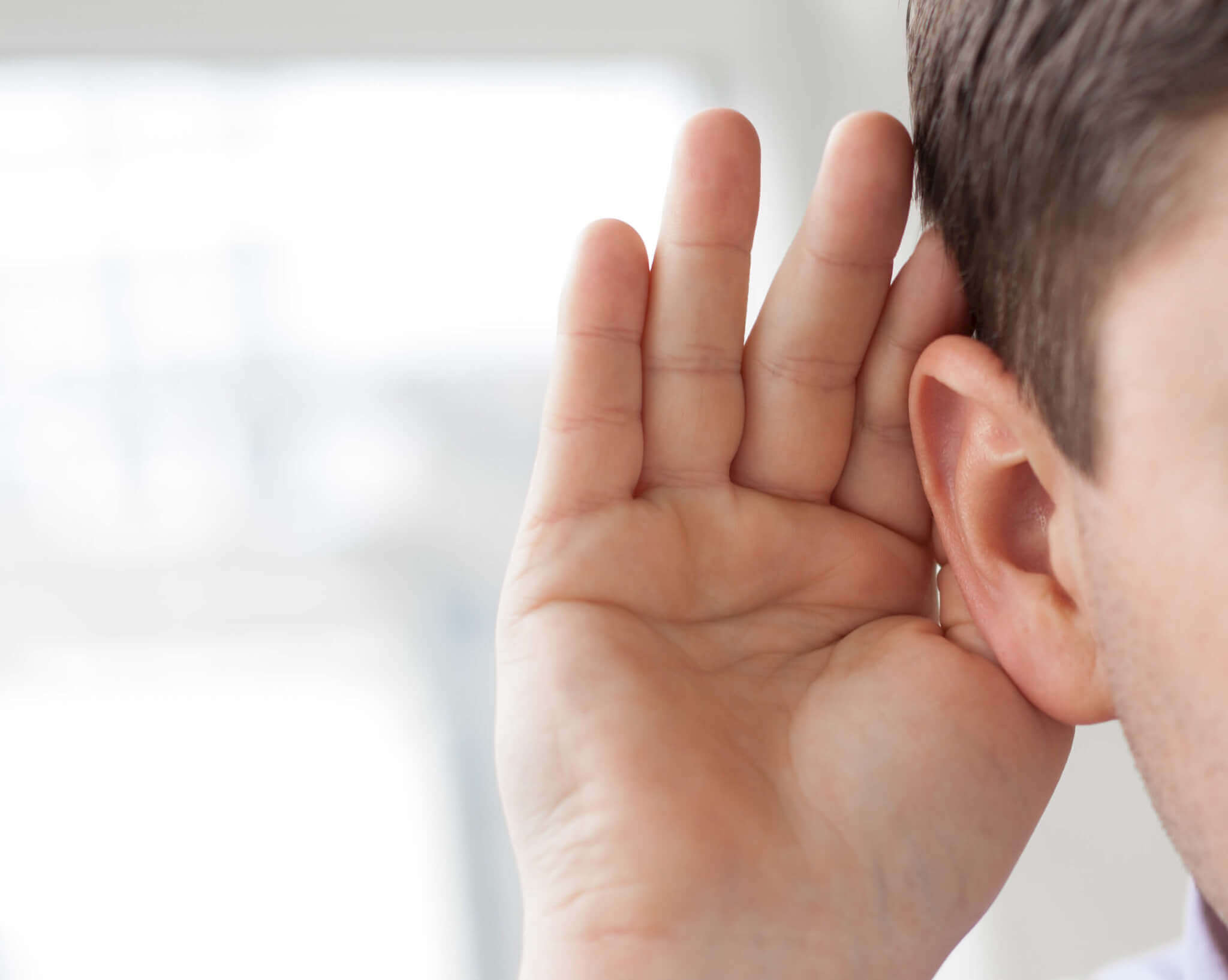There are different degrees of hearing loss that can be experienced but many of those people that suffer from it are the elderly and in those cases, the hearing loss just continues to get worse as they grow older. Even other people that have hearing loss due to other reasons such as a genetic disorder or the experience of an extraordinary loud noise may have differing levels of hearing loss. Fortunately today though, most of those people with differing levels of hearing loss can be offered help in hearing due to hearing aid technology.
Many hearing clinics or even online websites like Audika can offer the hard of hearing several different options to choose from when it comes to hearing aids and some of the better ones will even allow someone the opportunity to try one, on a free trial basis, to ensure they are happy with their choice before they actually pay for it. All of the various hearing aids available today were only possible due to the introduction of electricity and telephone technology. That does not mean to say however that before those two important advances, there were no hearing aids because there were, it is only that they were less efficient and more basic.
Some animals are known for their fine sense of hearing and apparently, several hundreds of years ago, our ancestors thought that if they could duplicate those animals’ ears by wood carvings; those ears would serve to increase a person’s hearing. Although it is not known how effective these animal ears were or even if they were in any way effective, due to the amount that were purportedly made, they probably did afford some level of success.
The first examples of what we may consider a hearing aid appeared in the 16th century and were known as trumpets due to their shape. At first these trumpets were either animal horns or sea shells but once copper and bronze became popular, trumpets were made from these metals. The idea was that the narrow end would be placed in the ear and the other, wider end, would act as the receiver.
Soon after people had gotten used to the idea of trumpets a discovery was made which would allow for a different type of hearing aids to be offered. The discovery was that bones make good transporters of sound vibrations and so those vibrations could be easily passed direct to the brain, through bones including the skull. Armed with this new knowledge fan like devices were designed to fit behind the ear where they could pass vibrations on to the bones there and then those bones in turn, could relay the vibrations to the brain directly.
Although telephone technology has played an important part in the development of modern hearing aids it is perhaps the introduction of miniaturized batteries that are of the most value, allowing a small and appropriate power source for the miniaturized receivers, amplifiers and speakers which are needed for most modern hearing aids.

